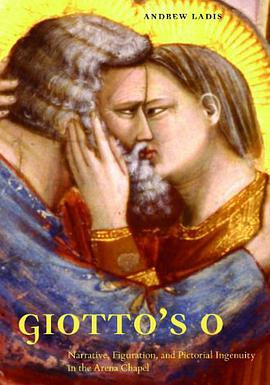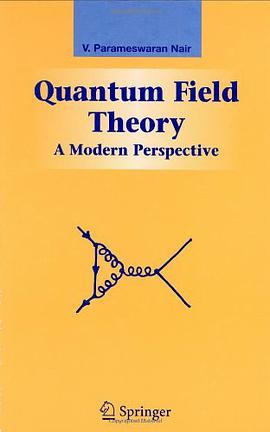

Andrew Ladis begins his book with Giorgio Vasari's famous story of "Giotto's O", in which the artist drew a perfect circle freehand, baffled Pope Benedict IX's foolish messenger, and demonstrated his artistic brilliance to those qualified to understand. The fundamental premise of Ladis' work is that the Arena Chapel, like Giotto's mythical O or tondo, must be understood as a complete, unified whole. He tells us, 'the cycle of murals in the Arena Chapel has a depth that underpins the whole, an unpretentious profundity manifested in a formal order, and as in the case of the O, one must have the wherewithal to discern Giotto's achievement beyond the directness and emotional power of the narrative'.Ladis does not write about the program from the more expected standpoints of patronage or audience, or via extensive analysis of archival source material. Instead, without discounting the former approaches, Ladis considers Giotto's conception of the Arena Chapel in terms of biblical exegesis, a central geometry, and what he sees as the program's carefully planned symmetry. He urges the viewer to abandon the temporal narrative and follow 'visual cues that encourage readings that transcend narrative time,' and so he moves through a discussion of Giotto's frescoes, offering new insights about particular passages and continually considering how the meaning of each section resonates with others throughout the chapel.
具体描述
读后感
评分
评分
评分
评分
用户评价
相关图书
本站所有内容均为互联网搜索引擎提供的公开搜索信息,本站不存储任何数据与内容,任何内容与数据均与本站无关,如有需要请联系相关搜索引擎包括但不限于百度,google,bing,sogou 等
© 2025 book.wenda123.org All Rights Reserved. 图书目录大全 版权所有




















